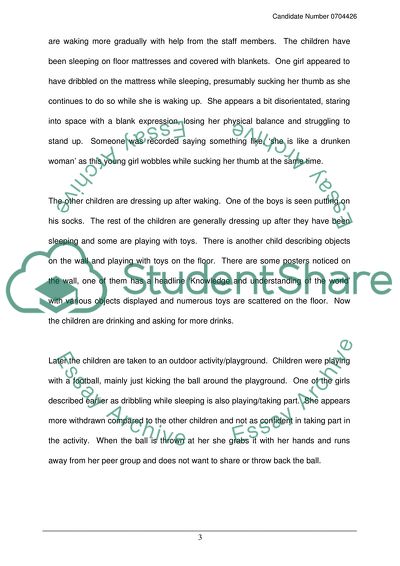Cite this document
(Developmental Life Span Psychology Essay Example | Topics and Well Written Essays - 4500 words, n.d.)
Developmental Life Span Psychology Essay Example | Topics and Well Written Essays - 4500 words. https://studentshare.org/psychology/1711837-developmental-life-span-psychology
Developmental Life Span Psychology Essay Example | Topics and Well Written Essays - 4500 words. https://studentshare.org/psychology/1711837-developmental-life-span-psychology
(Developmental Life Span Psychology Essay Example | Topics and Well Written Essays - 4500 Words)
Developmental Life Span Psychology Essay Example | Topics and Well Written Essays - 4500 Words. https://studentshare.org/psychology/1711837-developmental-life-span-psychology.
Developmental Life Span Psychology Essay Example | Topics and Well Written Essays - 4500 Words. https://studentshare.org/psychology/1711837-developmental-life-span-psychology.
“Developmental Life Span Psychology Essay Example | Topics and Well Written Essays - 4500 Words”. https://studentshare.org/psychology/1711837-developmental-life-span-psychology.


